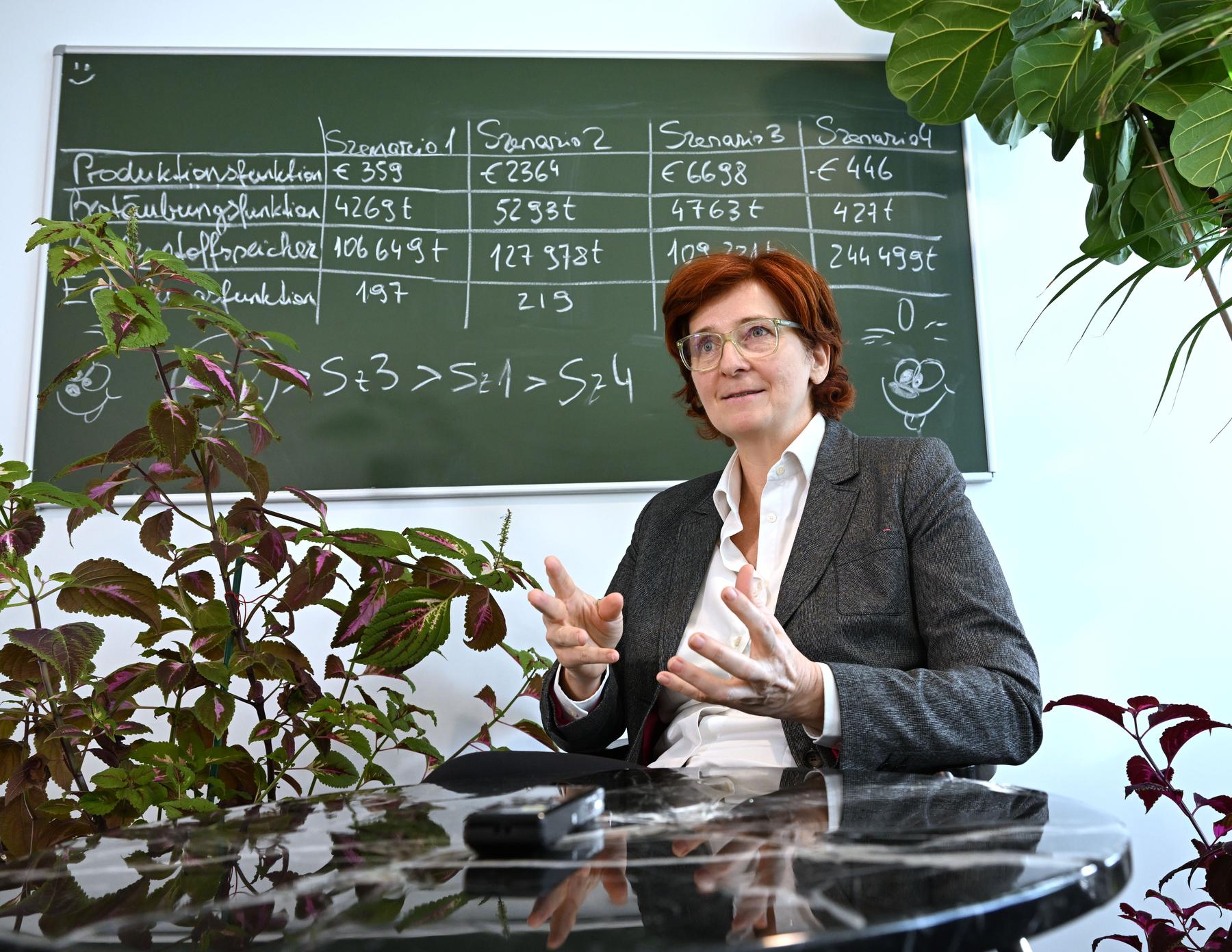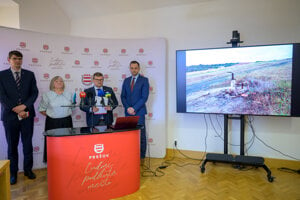« You can’t evaluate the environment with money » – Diepresse.com

Austria’s scientist of 2024, Sigrid Stagl, on economic growth, emissions and the transformative power of the real estate industry.
They were the first person worldwide to achieve a doctorate in ecological economy. What is the difference to the better known environmental economy?
Sigrid Stagl: Two differences are particularly important: First, the environmental economy is a specialty of economics, which means that it assumes the same premises as conventional economy. In the ecological economy, on the other hand, we start the assumption that the economy is part of society and builds on the biophysical foundations (nature). The latter requires much more attention to the interdependencies of the economy with society and nature. Ecologically economic analyzes therefore always need interdisciplinary teams. Secondly, as an economist: Inside, we try to offer decision -making support for public policies. For a cost-benefit analysis, you have to evaluate all dimensions including human life and ecosystems with money. That is very difficult.
What role does mathematics play in this?
In ecological economy, for example, we use multi -criteria analyzes that are also used in production planning or financial portfolio analysis. These are mathematical algorithms that calculate a rating of options taking several criteria into account. For this we can cost in euros, land consumption in hectares, CO2-Missions in tons and biodiversity in ecological indicators.
In order to measure the value of the environment, you can orientate yourself to benefits or needs. What changes?
The benefit -theoretical approach evaluates environmental goods based on maximizing the total welfare and uses monetary evaluation methods such as the willingness to pay in order to evaluate compromises. It forms the basis for cost-benefit analyzes and market-based instruments such as carbon prices and payments for ecosystem services. In contrast, the need -oriented approach puts basic human and ecological needs in the foreground and emphasizes rights, justice and sustainability thresholds instead of aggregated preferences. This approach supports human development within biophysical limits and argues that certain environmental goods are not interchangeable and should be preserved regardless of their economic evaluation.
Why is this distinction for environmental assessment of so great importance?
Because utilitarian methods can neglect distribution justice and ecological limits, while a need -oriented perspective ensures that politics protects critical environmental functions and endangered communities.
It is often spoken of the ideal of sustainable economic growth. The fact is, however, that a growing economy usually goes hand in hand with the increase in environmental emissions.
We hope to be able to decouple economic growth from emissions. This already succeeds in some countries, but usually not sufficient to be climate -neutral up to 2050. Greener technology, strict climate laws and greener preferences can help. But also a departure of the evaluation of economic policy based on GDP growth and instead an evaluation of achieving significant social goals would also be helpful.
Which social restructuring are possible and realistic to reconcile ecology and economy?
Both physical infrastructures and economic and social structures are needed, which are consistently geared towards sustainability. In the area of mobility, this means, for example, the targeted expansion of public transport, adaptation of the relative prices, so that train trips are cheaper compared to flights, as well as social incentives to establish climate -friendly mobility as attractive and desirable. The decisive factor is an integrative strategy that combines technological innovation, political regulation and changed consumption and lifestyle.
In which direction should the real estate industry move to achieve a decarbonization of the sector without risking economic break -ins and job losses?
The real estate industry plays a central role in sustainable transformation because it shapes the economic and ecological infrastructure in the long term. Your decisions have had an impact over decades – both in a positive and negative sense. In order to better combine ecology and economy, new buildings have to rely on sustainable building materials, active energy standards and a compacted construction. At the same time, the energetic renovation of the building stock is essential, since there is enormous potential for CO2-Creductions exist. However, even better financing models are required to make the transformation economically attractive for all actors and to avoid social hardship.
How should existing areas be used?
In the real estate industry, unused roof areas should be recognized as a valuable resource for sustainable use. These areas offer potential for solar energy generation, greening or for urban agriculture, which contributes to the decarbonization of the sector and at the same time increases the ecological quality of urban rooms. In addition, the public space around real estate will benefit if we rely on public transport and sharing motorized private transport.
To person
Sigrid Stagl researches in the field of ecological economy and sustainability for over 25 years. At the age of 29 she completed her PhD studies at the Rensselaer Polytechnic Institute, New York, and received the world’s first doctorate in Ecological Economics. In 2014 she founded the Institute for Ecological Economics on her Alma Mater, the WU. Since 2019 she has also headed the WU Competence Center for Sustainability Transformation and Responsibility (Star).
This interview was published on March 7, 2025 in the real estate magazine of the « press ».







